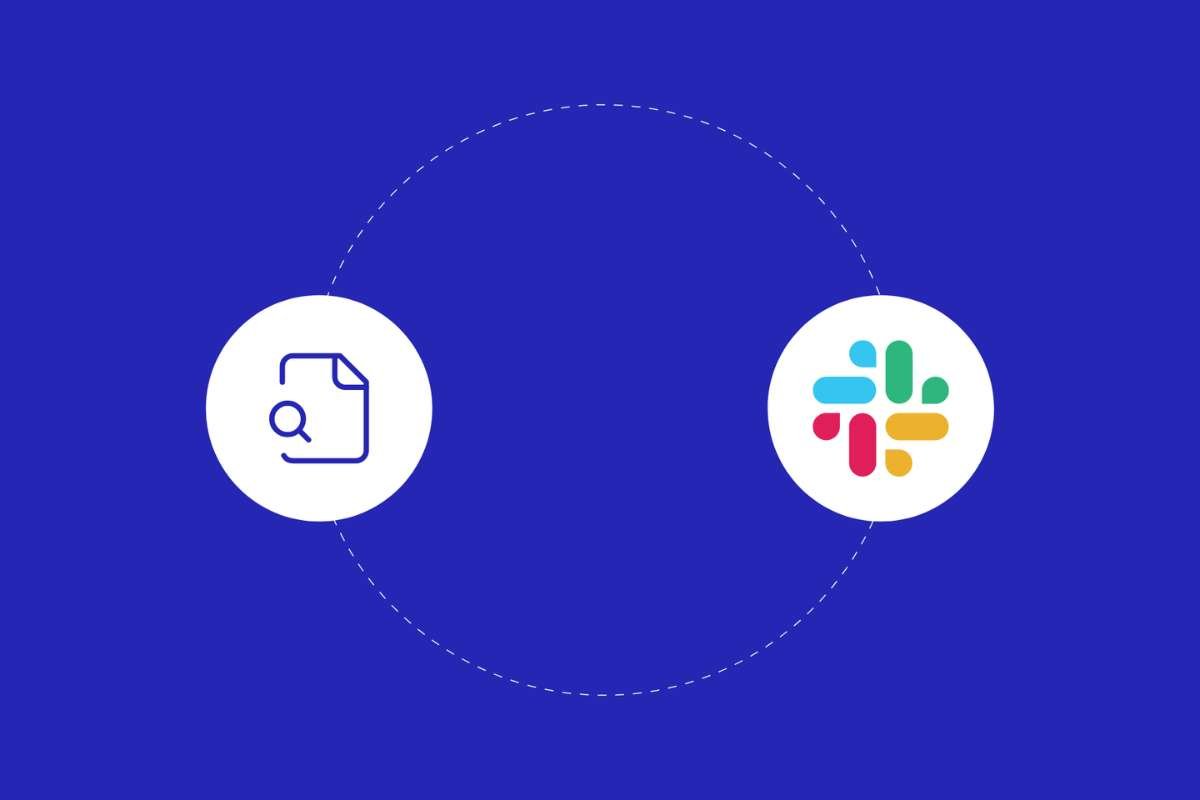In the digital age, social media platforms have become an integral part of our lives, offering a wealth of opportunities for businesses and individuals alike. However, as the use of social media APIs (Application Programming Interfaces) continues to grow, so too does the need to ensure the security of these applications. Securing your application when using social media API is crucial to protect both your organization’s and your user’s sensitive data.
Implementing Security Measures for API Use

When integrating social media APIs into your application, it is essential to implement robust security measures to safeguard against potential threats. One of the primary steps is to ensure that your application is using secure authentication methods, such as OAuth 2.0 or JSON Web Tokens (JWT), to manage user access and authorization. These protocols provide a secure way to authenticate users and grant them the necessary permissions to access the API.
Additionally, it is important to implement rate limiting and throttling mechanisms to prevent excessive API requests, which could potentially lead to denial-of-service (DoS) attacks or other security breaches. By setting appropriate rate limits and throttling thresholds, you can mitigate the risk of unauthorized access and protect your application from malicious activity.
Another important security measure is to regularly review and update your application’s code and dependencies. Keeping your software up-to-date with the latest security patches and bug fixes can help prevent vulnerabilities that could be exploited by attackers.
Protecting User Data with Secure API Practices

When using social media APIs, you will be handling sensitive user data, such as personal information, social media profiles, and user interactions. It is crucial to implement secure data handling practices to ensure the privacy and confidentiality of this information.
One key aspect is to encrypt all data transmitted between your application and the social media API using HTTPS or other secure protocols. This helps prevent the interception and unauthorized access of sensitive data during transit.
Additionally, you should carefully manage and store user data within your application, ensuring that it is stored securely and only accessed by authorized personnel. This may involve implementing measures such as data encryption, access controls, and secure data storage practices.
It is also important to be transparent about your data handling practices and obtain the necessary user consent before collecting and using their data. This helps build trust with your users and ensures compliance with relevant data protection regulations.
Common Security Challenges and Solutions of Social Media APIs

When using social media APIs, organizations may face a variety of security challenges, ranging from API abuse and data breaches to account takeovers and social engineering attacks. Here are some common security challenges and potential solutions:
API Abuse: Implement robust rate limiting and throttling mechanisms to prevent excessive API requests and mitigate the risk of API abuse.Data Breaches:
Encrypt all data transmitted between your application and the social media API, and implement secure data storage and access control practices.
Account Takeovers: Require strong authentication methods, such as multi-factor authentication, to prevent unauthorized access to user accounts.
Social Engineering Attacks: Train your users and employees to recognize and respond to social engineering attempts, and implement security awareness programs to educate them on best practices.
By addressing these security challenges and implementing appropriate solutions, you can significantly reduce the risk of security breaches and protect your application and its users.
Best Practices for API Security
To ensure the security of your application when using social media APIs, it is essential to follow a set of best practices. Here are some key recommendations:
1. Implement Secure Authentication and Authorization:
Use secure authentication methods, such as OAuth 2.0 or JWT, to manage user access and permissions.
2. Enforce Strict Input Validation
Implement robust input validation mechanisms to prevent injection attacks, such as SQL injection or cross-site scripting (XSS).
3. Regularly Monitor and Audit API Usage
Continuously monitor your API usage and activity to detect and respond to any suspicious or unauthorized activity.
4. Implement Secure Data Handling Practices
Encrypt all data transmitted between your application and the social media API, and securely store and manage user data.
5. Stay Up-to-Date with Security Patches and Updates
Regularly review and update your application’s code and dependencies to address known vulnerabilities and security issues.
6. Educate Users and Employees
Provide security awareness training to your users and employees to help them recognize and respond to security threats, such as social engineering attacks.
7. Establish Incident Response and Disaster Recovery Plans
Develop comprehensive incident response and disaster recovery plans to ensure that your organization can effectively respond to and recover from security incidents.
By following these best practices, you can significantly enhance the security of your application when using social media APIs and protect your organization and its users from potential security threats.


















